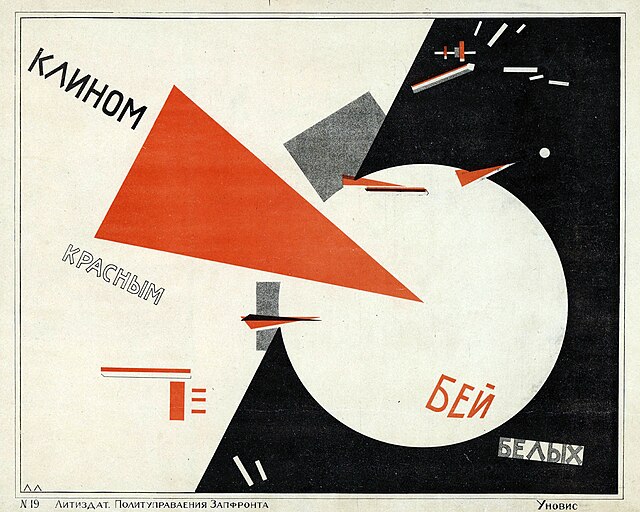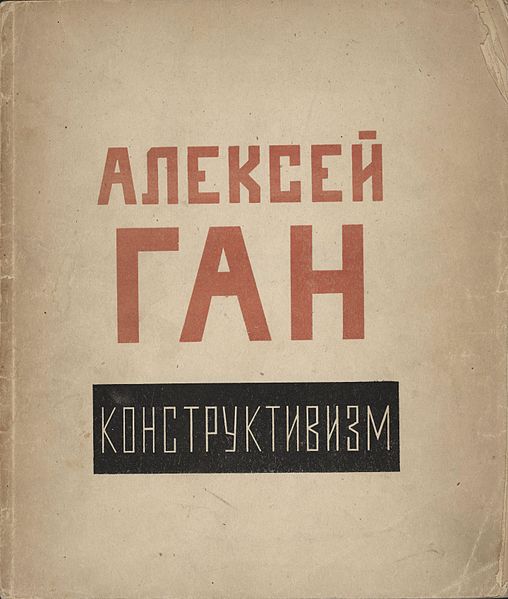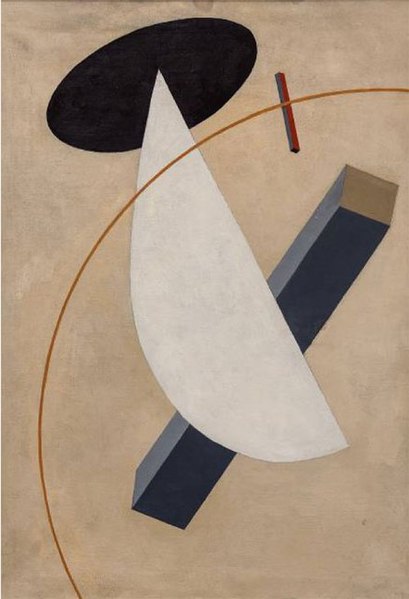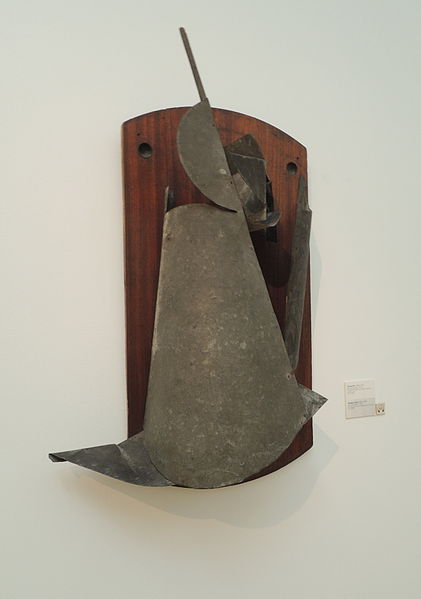Constructivism is an early twentieth-century art movement founded in 1915 by Vladimir Tatlin and Alexander Rodchenko. Abstract and austere, constructivist art aimed to reflect modern industrial society and urban space. The movement rejected decorative stylization in favour of the industrial assemblage of materials. Constructivists were in favour of art for propaganda and social purposes, and were associated with Soviet socialism, the Bolsheviks and the Russian avant-garde.
El Lissitzky's poster Beat the Whites with the Red Wedge (1919)
The cover of Konstruktivizm by Aleksei Gan, 1922
Agitprop poster by Mayakovsky
'Proun Vrashchenia' by El Lissitzky, 1919
Vladimir Yevgrafovich Tatlin was a Russian and Soviet painter, architect and stage-designer. Tatlin achieved fame as the architect who designed The Monument to the Third International, more commonly known as Tatlin's Tower, which he began in 1919. With Kazimir Malevich he was one of the two most important figures in the Soviet avant-garde art movement of the 1920s, and he later became an important artist in the constructivist movement.
Vladimir Tatlin as sailor, 1914-15
Tatlin, 1913, Female Model / Натурщица, oil on canvas
Tatlin 1913, scene design for the play 'A Life for the Tsar'
Tatlin, 1916, Counter-relief, sculpture of several materials








